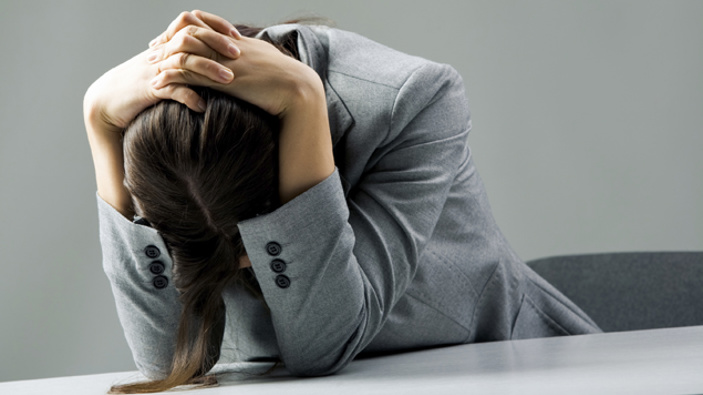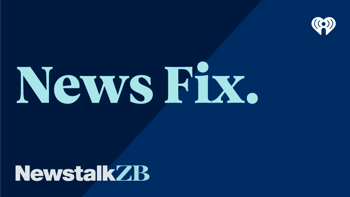The Access and Choice Programme, biggest investment in mental health in a generation, has now been in place for five years. The Mental Health and Wellbeing Commission released its final report on the programme rollout yesterday. The programme was funded from the 2019 wellbeing budget. You'll remember that, where more than a billion dollars, nearer to $2 billion, was committed to mental health support, to provide support for ‘mild to moderate’ needs relating to mental health and problematic substance use or gambling in primary care and community settings. That’s the official name for it. So you turn up to your GP, the GP says your corporeal self is not the issue, you need to shore up your mental wellbeing and instead of sending you away and then you have to make an appointment and wait, they can just hand you over to a mental health worker who's parked up right next door. It’s is a really sound idea in principle.
Did it work? Is it working? The answer appears to be, looking at the report, up to a point, yes, it is. The number of people seen per year by services has increased steadily over the last five years to more than 207,000 for the 23/24 financial year, but it does fall short of the programs target of 325,000. CEO of the Mental Health and Wellbeing Commission, Karen Orsborn defended the program on the Mike Hosking breakfast yesterday and says the program is achieving what it's set out to do.
“It does work. And we've heard some really, really positive feedback from the people who use these services. And so it is working for many people, it's just not getting to the number of people that it really needs to. And some of this is the way the service was designed – so having people in individual practices and people being able to access on the day and that's, there's not a steady flow of people always needing those services. So what we also need to use is some of the digital virtual tools to make sure that people are being fully utilised across the country. So there are some strengths in the model, but there's also some areas that need to improve.”
And that's pretty much what the Minister for Mental Health Matt Doocey said when he spoke to Early Edition yesterday. He said that when he was in opposition, he was broadly supportive of the Access and Choice Programme, but since becoming Minister, he's seen ways to improve it and to broaden its reach.
“Looking forward, I think part of the solution is going to be digitising the Access and Choice Programme, shifting it online so that will enable the staff to have higher utilisation rates and see more people. What I want to see is that programme rolled out further. We want to hit its target of seeing 325,000 people. Not only that, one of my first targets, I've set five targets for mental health —first time in New Zealand would have mental health targets— is for people to be seen within one week of the service, so I want more people to be seen and seen quicker.”
I guess the questions I have are, given the conversations we've had around the lack of support for parents looking for help for their children, for people looking for help and dealing with their mental wellbeing is, is it fit for purpose? Are you able to access the help when you need it?
When it comes to the substance abuse, that's one aspect of mental health and wellbeing. When it comes to the problem gambling, it's another, when you've got children who are in pain that's a whole other area. When you've got people who are just struggling with the day-to-day life, that's a whole other area as well. There are so many different ways, just as there is with physical ill health, that you can be mentally unwell. Are the services there for those who need it across the broad spectrum?
Take your Radio, Podcasts and Music with you










